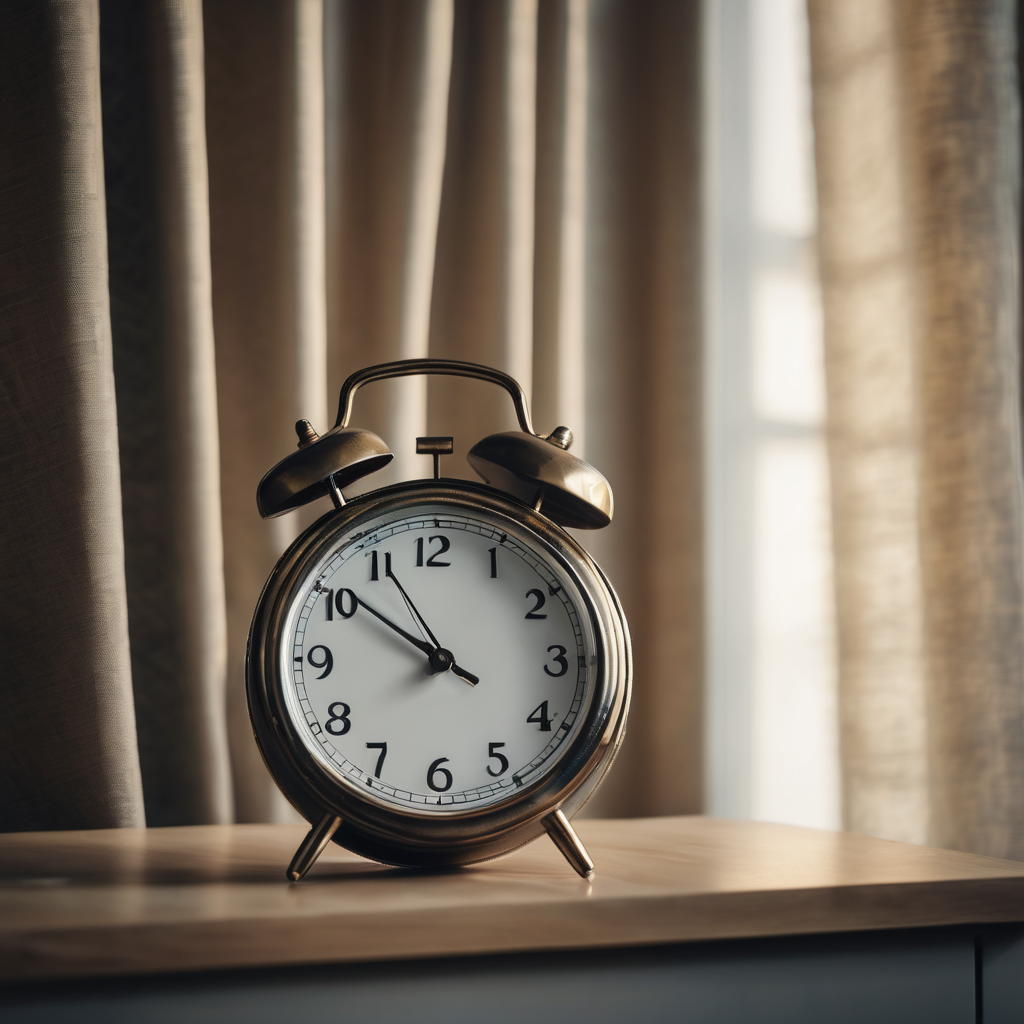As fall approaches, the end of daylight saving time is on the horizon, signaling a change in the way we manage our days. Established over a century ago with the passage of the Calder Act in 1918, daylight saving time is designed to make better use of daylight during the longer days of summer. It was further solidified with the Energy Policy Act of 2005.
In 2025, the time change will culminate on Sunday, November 2nd, when clocks will “fall back” one hour at 2 a.m. This transition means that people will gain an extra hour of sleep; for instance, if you go to bed at 10 p.m., it will feel like 9 p.m. post-change. Conversely, when daylight saving time begins in March, one hour of sleep is lost.
Adjusting to this shift can be particularly challenging for children. Parenting expert Ericka Souter suggests easing the transition by gradually changing children’s schedules in increments of 10 to 15 minutes before the time change. This includes adjusting meal times, naps, and wake-up times. Maintaining a dimly lit environment in the morning can also help prevent early wake-ups as the sun rises earlier.
The origins of daylight saving time relate back to World War I when it was adopted in the U.S. to conserve energy. Legislation surrounding this practice has evolved, notably with the Uniform Time Act of 1966, which mandated a standardized approach to daylight saving. While Hawaii and most of Arizona opted out of this practice, several U.S. territories also follow a non-participatory approach.
Concerns have been raised regarding the potential health impacts of daylight saving time. Studies indicate that the shift can disrupt the body’s circadian rhythms, leading to various health issues such as heart problems and sleep disturbances. The American Academy of Sleep Medicine has advocated for making standard time permanent to mitigate these risks.
Looking ahead, the Sunshine Protection Act, reintroduced in early 2025, aims to eliminate the biannual clock change altogether by making daylight saving time permanent. While progress on this front has been slow, many are hopeful that future legislative changes may simplify our approach to timekeeping.
As we prepare for the clock change, it’s a great opportunity to review our sleep habits, embrace the seasonal shift, and enjoy the cozy evenings that fall brings, all while making necessary adjustments to our routines for a smoother transition.
